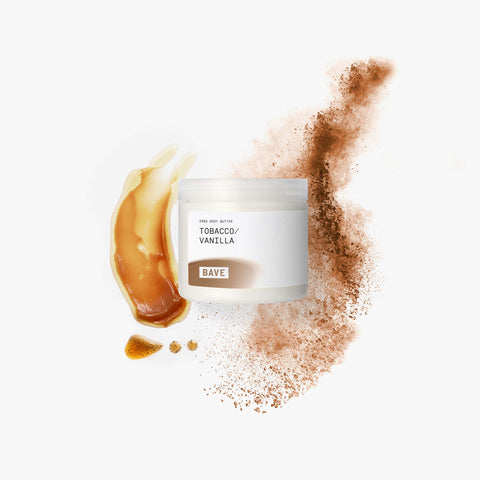The ancient Roman Empire has left an indelible mark on modern civilisation, bequeathing a wealth of innovations that continue to influence our daily lives. While the marvels of Roman engineering such as aqueducts, sewage systems, and the revolutionary use of concrete are widely acknowledged, there exists another aspect of Roman ingenuity that has seamlessly woven itself into the fabric of contemporary society: the culture of bathing.
The Quintessence of Roman Daily Life: Bathing as a Social Equaliser
Bathing in ancient Rome transcended mere personal hygiene; it was a quintessential daily ritual that permeated all strata of society. The significance of bathing in Roman society cannot be overstated. Historical records, notably a comprehensive catalogue of buildings from 354 AD, reveal a staggering count of 952 bathhouses in Rome alone, varying in size and opulence, yet accessible to citizens from all walks of life.
Thermae: The Social Hubs of Ancient Rome
Roman bathhouses, or thermae as they were elegantly termed, served as the social epicenters of the time. These establishments were far more than just places for bathing; they functioned as vibrant community centers where Romans engaged in spirited conversations, indulged in reading, partook in physical exercises, and even conducted political canvassing. The concept of public bathing provided a unique blend of leisure, culture, and social interaction, making it an integral part of Roman life. In today's context, the idea of public bathing might seem foreign, if not entirely invasive, as modern preferences veer towards privacy. However, the communal aspect of Roman baths played a pivotal role in the social dynamics of the era.
The Spread of Roman Bathing Practices Across the Empire
The Roman Empire's expansive reach brought the sophistication of Roman bathing culture to the far corners of the Mediterranean, and into the regions of Europe and North Africa. This widespread adoption underscores the universal appeal and adaptability of Roman bathing practices. The city of Bath in England, renowned for its thermal spas, stands as a testament to the enduring legacy of Roman bathing culture, its name itself a homage to this ancient tradition.
Julius Caesar's Imagined Reprieve: A Nod to Modern Spa Culture
Envisioning a world leader like Julius Caesar returning from the rigors of campaigns in Gaul and Britain, one can't help but imagine his solace in the ritual of bathing. This historical conjecture connects us to the present-day luxuries of spa treatments and relaxation bundles, offering a contemporary twist to the ancient practice. Modern spa experiences, with their Bath Bundles and relaxation packages, can be seen as a homage to the lavish leisure practices of ancient Rome, allowing us to partake in a tradition that has been cherished for millennia.
Conclusion: Bathing, A Legacy Reimagined
The Roman culture of bathing, with its rich heritage and social significance, continues to resonate through centuries. It encapsulates the essence of Roman innovation, community, and luxury, elements that remain pertinent in today's society. As we embrace modern interpretations of this ancient practice, we pay tribute to the timeless wisdom of Roman civilisation, proving that some ideas truly are everlasting.














